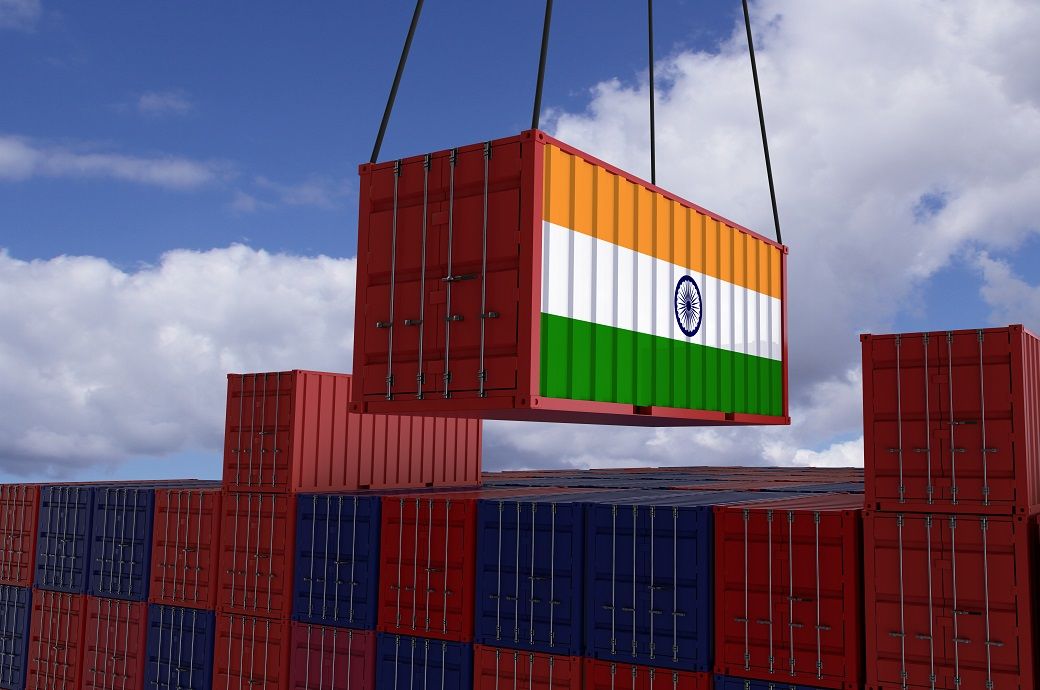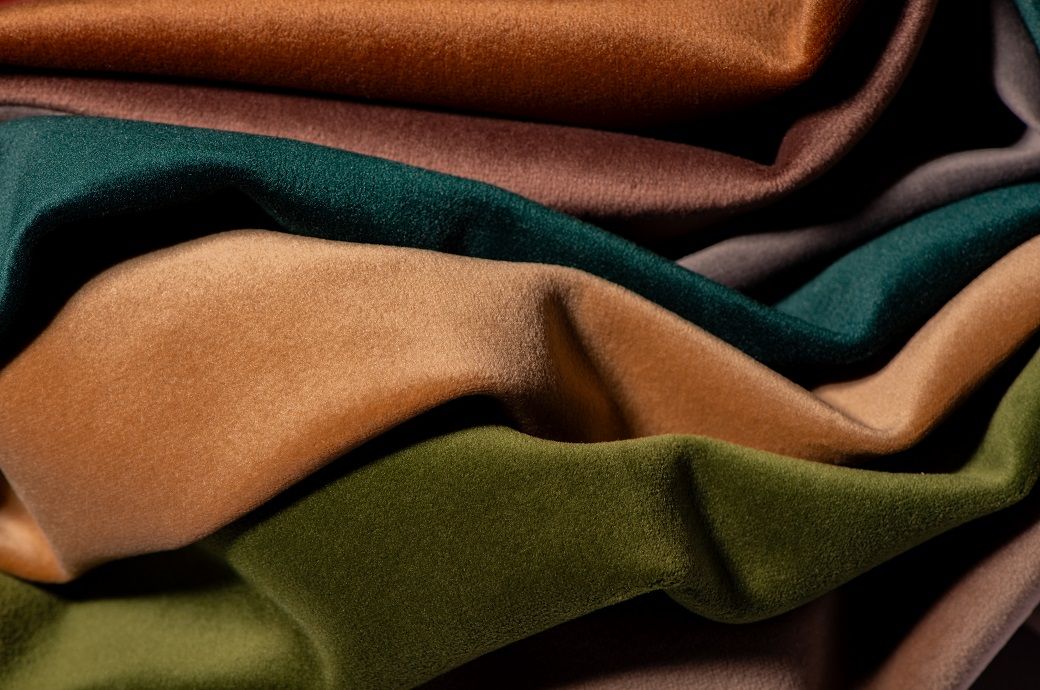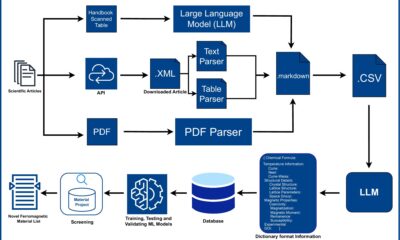Fashion
India extends RoDTEP scheme till Mar 2026 to counter US tariffs

“In exercise of the powers conferred under Section 5 of the Foreign Trade (Development and Regulation) Act, 1992, as amended, read with Para 1.02 of the Foreign Trade Policy (FTP) 2023, the Central Government hereby notifies the extension of the RoDTEP Scheme beyond September 30, 2025. Accordingly, the RoDTEP Scheme shall remain in force and be applicable to exports made from Domestic Tariff Area (DTA) units, Advance Authorisation (AA) holders, Special Economic Zone (SEZ) units, and Export Oriented Units (EOUs) up to March 31, 2026,” the DGFT said in a notification issued today.
India has extended the Remission of Duties and Taxes on Exported Products (RoDTEP) Scheme by six months beyond September 30, 2025, to March 31, 2026, amid 50 per cent US tariffs.
The extension, notified by DGFT, will support exporters across DTA, AA, SEZ, and EOU units.
Current rates remain unchanged, with operations subject to the FTP 2023 budgetary framework.
The existing RoDTEP rates, as notified, shall continue to apply for all export items. However, the operation of the scheme will remain subject to the budgetary framework provided under Para 4.54 of FTP 2023, so that remissions during the financial year are managed within the approved allocation.
In August 2021, the government announced tax refund rates for 8,555 products, including yarn. Various central and state duties, taxes, and levies on input products are refunded under the scheme, with rates ranging from 0.3 per cent to 4.3 per cent. RoDTEP refunds taxes and duties not covered by other schemes, in line with WTO provisions for compensating duties, taxes, and levies on exported products. In the textile industry, the scheme provides relief for exports of 18 items, including sarees and lungis.
Fibre2Fashion News Desk (KUL)
Fashion
China’s T&A exports down 1.6% in Jan–Oct amid soft global demand

The contraction underlines continued pressure on China’s textile-apparel trade amid a sluggish global demand environment and the diversification of sourcing by international brands. Weak consumer sentiment in key markets and greater supplier competition have kept export growth muted.
Exports of textile products—including yarns, fabrics, and related articles—rose *.* per cent to $***.*** billion, up from $***.*** billion in ****. This indicates resilience in upstream categories, supported by steady industrial and technical textile orders. These categories benefit from stable long-term contracts and less sensitivity to fashion-driven volatility. In contrast, garment and accessory exports dropped *.* per cent to $***.*** billion from $***.*** billion, as overseas retailers adjusted inventories and shifted part of their sourcing to Vietnam, Bangladesh, and Turkiye. Higher labour costs and geopolitical risks have accelerated sourcing shifts away from China, particularly in labour-intensive apparel segments.
Fashion
US’ AAFA backs tariff-free trade steps with El Salvador & Guatemala

The American Apparel & Footwear Association (AAFA) has welcomed frameworks for agreements on reciprocal trade with El Salvador and Guatemala. These frameworks incorporate key features vital for the US textile, apparel, and footwear industry.
AAFA has welcomed new frameworks for reciprocal trade agreements with El Salvador and Guatemala, saying they support US workers, strengthen Central American export markets, reduce consumer costs, and boost integrated supply chains.
The frameworks include removing reciprocal tariffs on CAFTA-DR–qualifying textile and apparel products.
Under these frameworks, the United States will remove reciprocal tariffs on products that qualify for the US/Dominican Republic-Central America FTA (CAFTA-DR). These actions follow each country’s commitments to take steps to strengthen their trade partnerships with the United States.
“We are grateful to President Trump and his trade negotiating teams for this bold step to support US workers and communities whose lives and livelihoods are directly enabled by US-Central American trade. These actions bolster key US export markets in Central America, reduce costs for American consumers, and reinforce the competitiveness of integrated regional supply chains that rely on US cotton and other textiles,” said Steve Lamar, AAFA president and CEO.
The removal of tariffs on these CAFTA-DR qualifying products, items like textiles and apparel that are already subject to strict rules of origin, ensures that the US/Central American partnership can continue to support workers and communities throughout the United States, AAFA said in a release.
“We urge these agreements to be finalised soon so that these gains can quickly take effect and encourage the United States to incorporate similar provisions in forthcoming agreements with our other CAFTA-DR partners,” added Beth Hughes, AAFA vice president of trade and customs policy.
Fibre2Fashion News Desk (HU)
Fashion
Mexico’s apparel sourcing from Asia-Pacific tops $4 bn in 3Q 2025

Between January and September ****, Mexico imported apparel worth $*.*** billion, covering *.*** billion garment pieces. Of this, *.*** billion pieces—equivalent to **.** per cent of total import volume—originated from Asia-Pacific suppliers, according to *fashion.com/market-intelligence/texpro-textile-and-apparel/” target=”_blank”>sourcing intelligence tool TexPro. While the value share improved from **.** per cent in the corresponding period of ****, the import volume dipped slightly from *.*** billion pieces to *.*** billion, indicating a higher average unit value as buyers shifted towards higher-value or better-quality product categories.
In comparison, apparel imports in the first nine months of **** were $*.*** billion (*.*** billion pieces), of which the Asia-Pacific region accounted for $*.*** billion or **.** per cent. On a full-year basis, Mexico imported apparel worth $*.*** billion in ****, including $*.*** billion from the region (**.** per cent share). The annual trend suggests that Asia-Pacific’s contribution has consistently remained close to ** per cent since ****, when total imports stood at $*.*** billion, followed by $*.*** billion in **** reflecting sustained reliance on Asian hubs for mass-market fashion, basics, and fast-moving apparel categories.
-

 Entertainment1 week ago
Entertainment1 week agoChina unveils£5.4 bn Fujian, its most advanced aircraft carrier yet
-

 Entertainment1 week ago
Entertainment1 week agoRobert Pattinson jokes about competing with Gen Z
-

 Tech6 days ago
Tech6 days agoFrom waste to asset: Turning ethanol production CO₂ into jet fuel
-

 Sports1 week ago
Sports1 week agoIsraeli cycling team loses top sponsor despite honoring request to remove country from name
-

 Politics1 week ago
Politics1 week agoIDF lawyers warned of possible Gaza war crimes: US intel findings
-
Sports7 days ago
College football winners and losers: The catch of the year saves Indiana
-

 Entertainment1 week ago
Entertainment1 week agoAlex Cooper apologizes to Taylor Swift for bizarre admission
-

 Tech1 week ago
Tech1 week agoMagnetic materials discovered by AI could reduce rare earth dependence


















